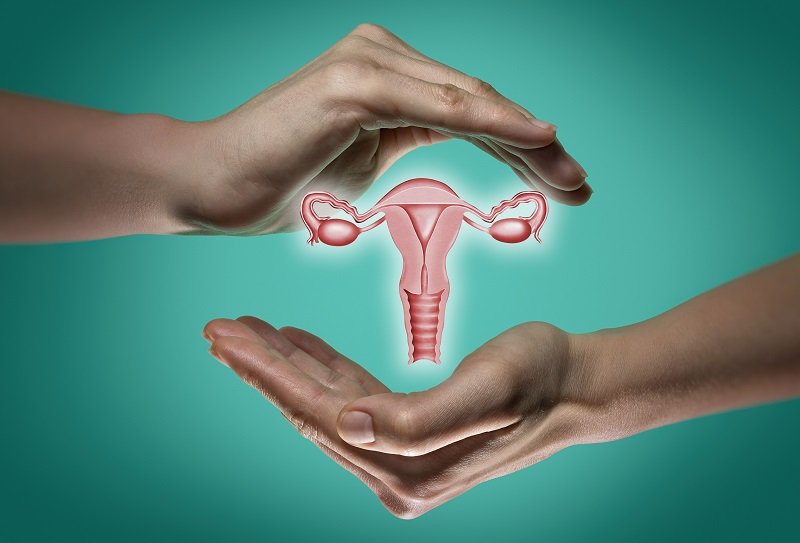
Cancer is a serious and growing public health challenge in the world. It is one of the four major non-communicable diseases (NCDs), that include cardiovascular diseases, diabetes and chronic respiratory diseases.
Cancer currently contributes to more deaths than HIV, malaria and TB combined, and robs us of the most productive age group (30-70 years).
There are cancers which are more likely to occur in people who are infected with the human immunodeficiency virus (HIV) and these are classified as Aids-related cancers and these constitute about 60% of new cancers in Zimbabwe.
The most common Aids-related cancers are Kaposi Sarcoma, Non-Hodgkins Lymphoma, Primary Central Nervous System (CNS) Lymphoma and Cervical Cancer.
These cancers, however, can also affect people who are HIV negative.
This article will focus on cervical cancer. This is a type of cancer that occurs in the cells of the cervix — the lower part of the uterus that connects to the vagina.
It is caused by the human papillomavirus (HPV), which is a sexually transmitted infection.
Women who are HIV positive are five times more likely to be diagnosed with cervical cancer than those that are HIV negative.
- Chamisa under fire over US$120K donation
- Mavhunga puts DeMbare into Chibuku quarterfinals
- Pension funds bet on Cabora Bassa oilfields
- Councils defy govt fire tender directive
Keep Reading
Cervical cancer grows slowly so precancerous cells can be identified through screening and if treated, cancer can be prevented.
Hence early diagnosis and treatment goes a long way in averting cervical cancer.
Statistics show that globally, every minute a woman is diagnosed with cervical cancer and every 2 minutes a woman dies from it.
Risk factors of cervical cancer are:
- age
- multiple sexual partners or a partner who has had multiple sexual partners
- early onset of sexual activities (before 20 years)
- harmful cultural practices (inserting herbs or chemicals into the vagina to enhance sexual pleasure)
- infections such as Sexually Transmitted Infections (STIs)
- multiparity (more than 4 children)
- smoking-harmful chemicals damage the cervix
- family history of cervical cancer especially mother or sister
- immunosuppression, for example, HIV infection.
Signs and Symptoms
- In the early stages (precancerous stage) there are no symptoms or signs
- When advanced, the following abnormal vaginal bleeding may appear
- bleeding between periods
- bleeding after sexual intercourse, douching or a pelvic exam
- menstrual periods that lasts longer and heavier than before
- bleeding after going through menopause
Women may also notice:
- a watery, foul smelling discharge which does not respond to antibiotics
- increased vaginal discharge
- pelvic or abdominal pain
- pain during sex
- leg swelling and fatigue
If the cancer spreads out of your cervix other symptoms include:
- constipation
- blood in your urine (hematuria)
- loss of bladder control (urinary incontinence)
- bone pain of one of your legs
- severe side or back pain
- changes to your bladder and bowel habits
- loss of appetite and weight loss
- tiredness and a lack of energy
- abstinence from sex especially below 20 years
- being faithful to one partner
- early treatment of STIs
- use condoms
- no smoking
- do not insert herbs or chemicals into the vagina
- Screening
- screening for CC looks for changes on the cervix in women without symptoms
- women are encouraged to start going for screening at the age of 21 and those who are below 21 but sexually active
Tests available include;
- Pap smear
- Visual Inspection with Acetic Acid and Cervicography (VIAC)
- Screening should be repeated every 1-3 years until at least the age of 65 years.










